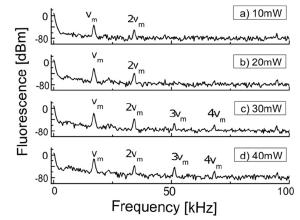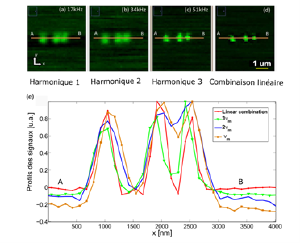Sensing and stimulating neural activity with light
Neurostimulation has been approved for the treatment of several debilitating conditions. It is one of the fastest-growing areas of medicine owing to its potential as a therapeutic solution. Nowadays, electrical means to stimulate neural tissue or to record compound neural action potentials are still the gold standards for neuroprosthetics and neuromodulation devices. They however have several limitations such as current spreading or MRI incompatibility.
through dectection of briefringence changes
In this project we are studying optical stimulation and sensing techniques that could overcome these limitations for the development of the next generation of minimally invasive, high-resolution implants.
Contact
Louis VANDE PERRE
Collaborators
Antoine NONCLERCQ , BEAMS-department, École Polytechnique de Bruxelles, ULB
Pascal DOGUET, Synergia Medical, Mont-Saint-Guibert, Belgium
Riëm EL TAHRY, Institute of Neurosciences (IONS), Université Catholique de Louvain-Belgium
Jean DELEBEKE, Institute of Neurosciences (IONS), Université Catholique de Louvain-Belgium
Funding
Walloon Region, Belgium—Pole Mecatech
Nonlinear microscopy
For decades, optical microscopy has played an important role in the observation of cells in biology. As for all imaging optical system, the spatial resolution of microscopes is however limited. Several new approaches have been developed to overcome this limit, particularly in fluorescence microscopy. We investigated the use of saturation of the two-photon absorption fluorescence excitation for improving the resolution.


Harmonics in the saturated fluorescence signal Resolution improvement
for increasing incident power
The saturation of the excitation probability of fluorophores induces a strong nonlinear fluorescence response which can be used to retrieve structural information from a volume smaller than the non-saturated excitation point spread function.
Contact
Collaborators
Frédérique VANHOLSBEECK , University of Auckland, Department of Physics
Serge GOLDMAN , Service de Médecine nucléaire, ULB-Hopital Erasme
Funding
Institut Interuniversitaire des Sciences Nuclaires (IISN)
